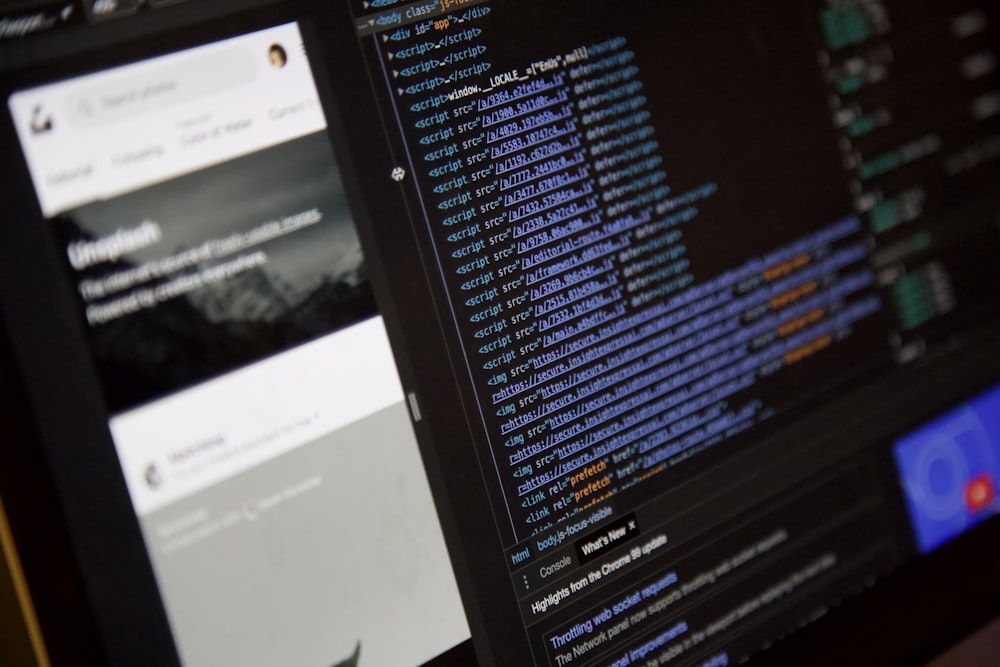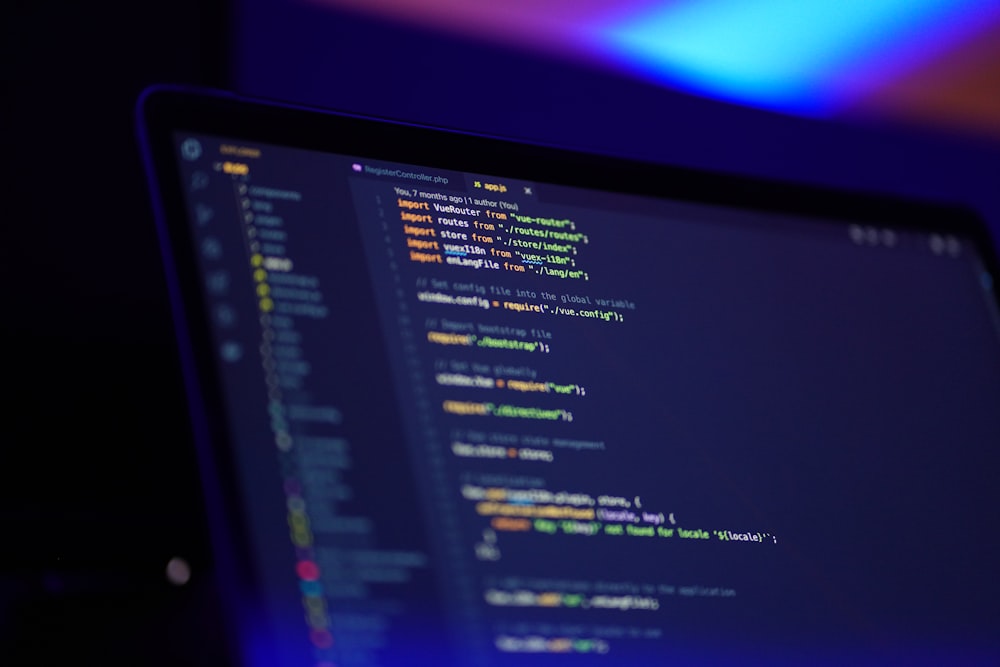Blockchain Programming Building Secure and Decentralized Solutions

Blockchain Programming: Building Secure and Decentralized Solutions In the dynamic landscape of technology, Blockchain programming has emerged as a transformative…

